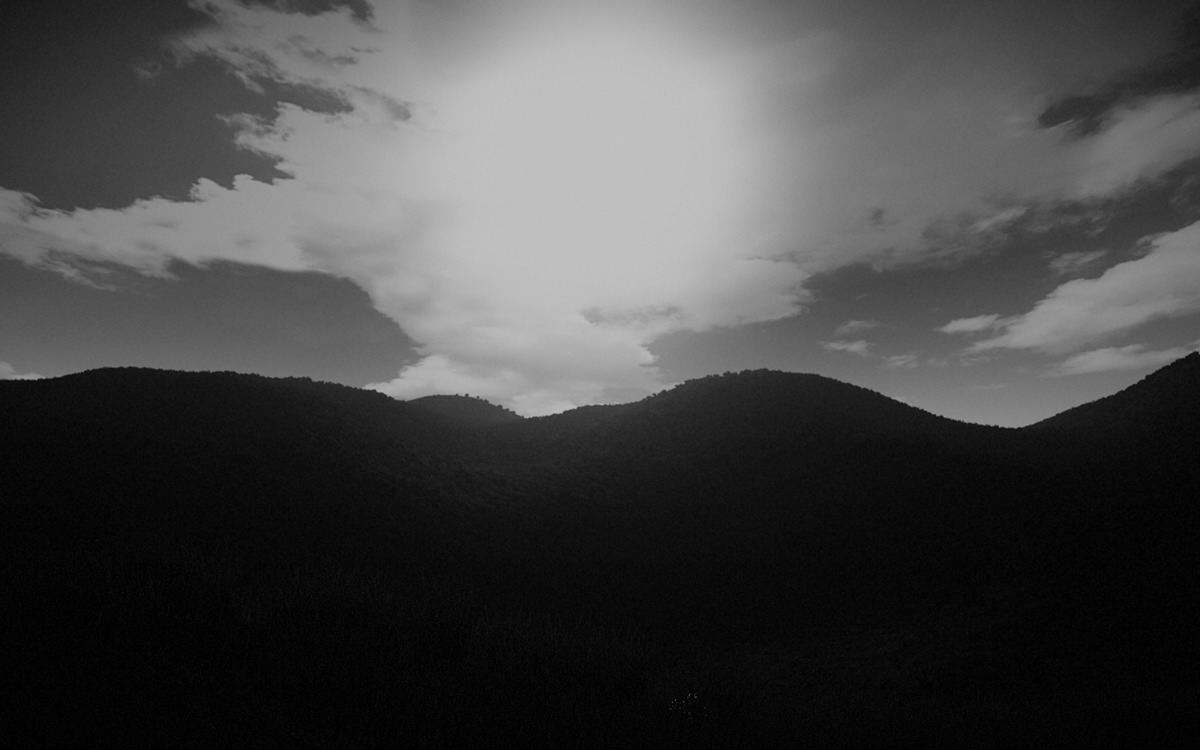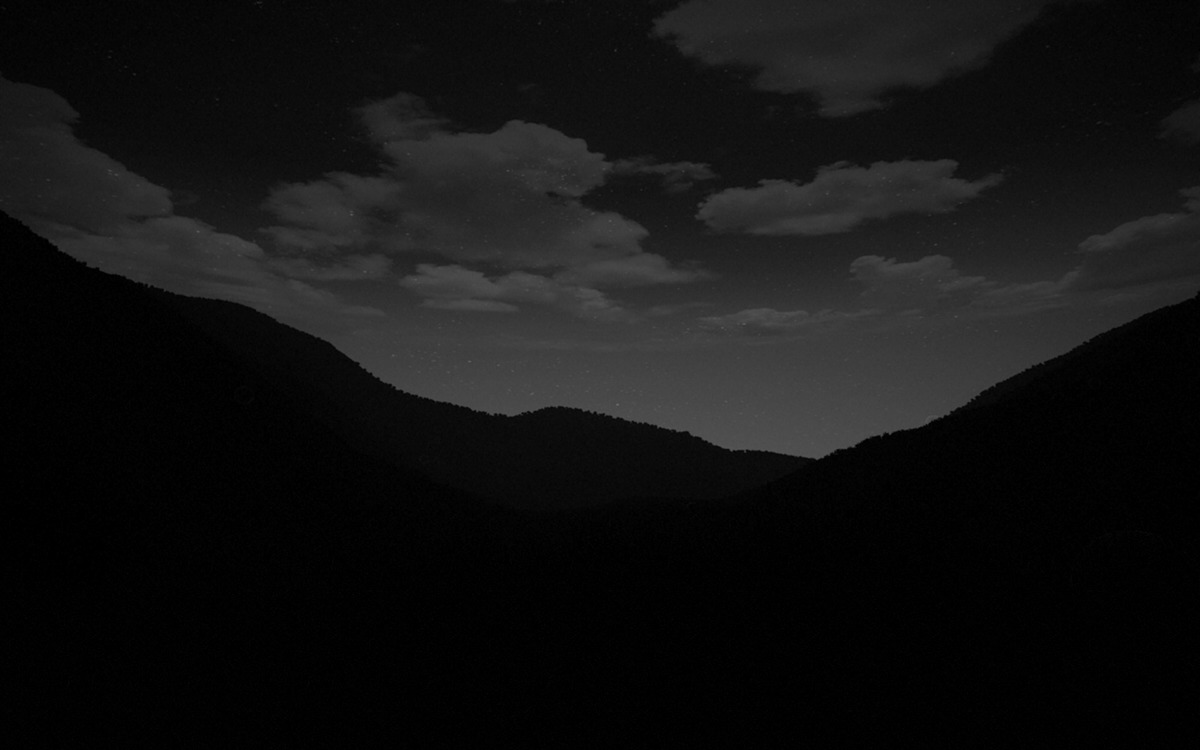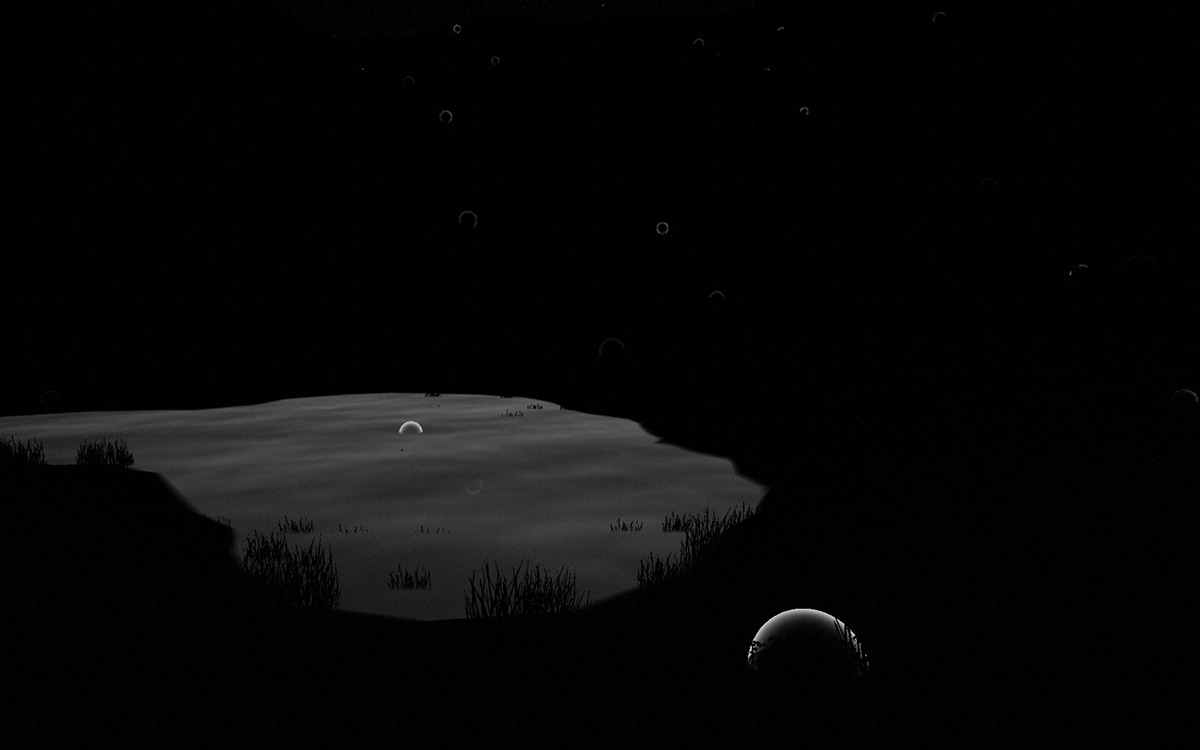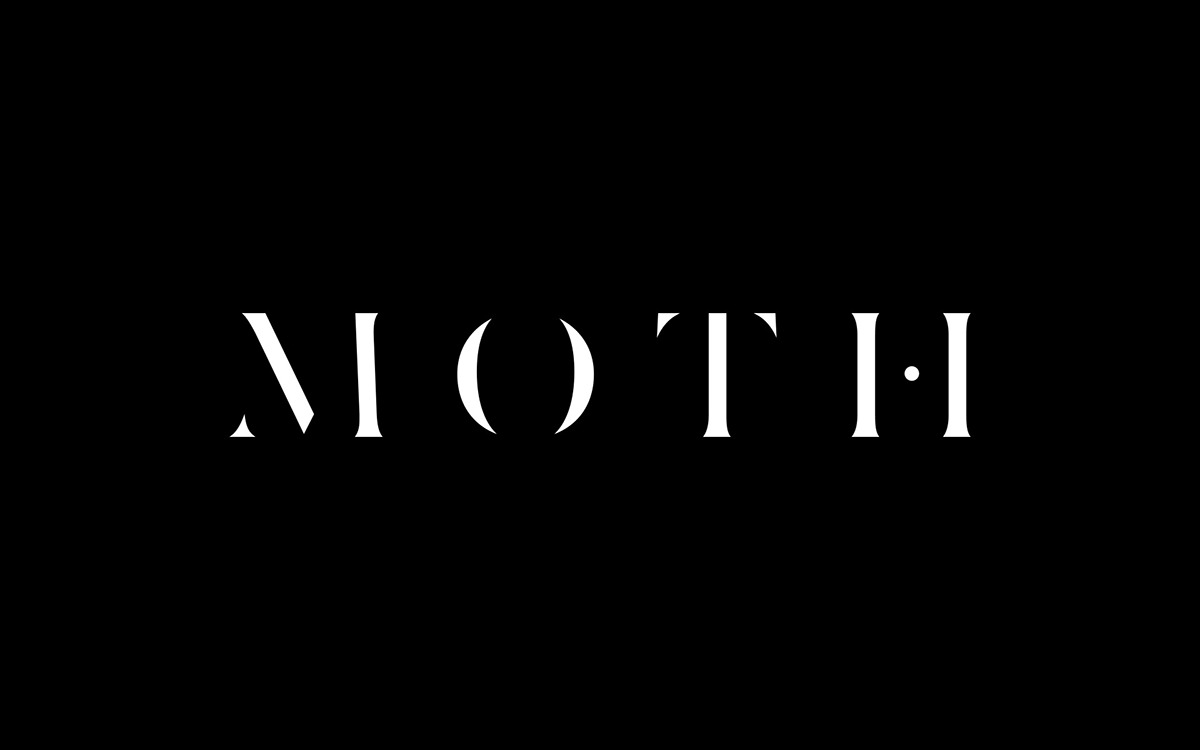For my graphic design degree project at Rhode Island School of Design I created an experience-driven video game titled Moth. The motivation for the project was to investigate ways of using light as a means of wayfinding in a virtual space and to examine exploration as a “pure” game mechanic in which players are free to construct personalized, experiential narratives.
Inspired by games such as Dear Esther and Proteus, I wanted to create a virtual world in which a player’s experience with the environment determines the flow of narrative. I wasn’t interested in exploring conventional, objective-based aspects of games; rather, I wanted to explore how games can be used as a medium for creating expressive, visceral experiences.

A common strategy used in video game level design is to use landmarks to denote key locations in the game’s world. It’s important to realize that video games utilize these landmarks to guide players through different spaces in the same manner that signage and architecture is used in the physical world to aid in directing people.

During my research I became fascinated by how humans, among other creatures, instinctively move toward light as a means of primitive survival. With this in mind, I chose to use light as a wayfinding system to guide the player through the environment instead of using tangible objects and architecture.

Whenever I manage to pull myself away from my work and venture out into nature, *real* nature—you know, like hiking, canoeing, etc.—there are moments where I am forced to stop and just take everything in. And it’s in these brief moments that I’ve discovered some of my most profound thoughts and feelings. I can’t always articulate how I feel during them, but that’s one of the reasons why I believe they hold so much weight—they are raw feelings, a pull that makes me feel truly connected to the world around me. Though nothing can compare with experiencing that feeling in real life, I aimed to extract even just the smallest bit of that and imbue it into my game.

In my attempt to capture elements of the sublime, I created a contrasting time-lapse world in which the player experiences fast day–night cycles while his or her movement is dramatically slow. This creates a space where players are inhibited in their ability to achieve a predetermined goal and instead are encouraged to simply drift through the space and experience the world.

Over the course of 3 months I learned how to generate mountain ranges and grass densities using fractal geometry, create day–night cycles using modular arithmetic, and code my own material shaders that incorporate trigonometry to calculate proper lighting conditions based on the angles of moving light sources. After learning all of this, I created my own suite of procedural tools that allowed me to quickly generate randomized environments based on a set of flexible parameters.
Not only did this project help me attain a greater understanding of the physical world that surrounds me, but I also gained insight into the relationships that people share between physical and digital spaces.



